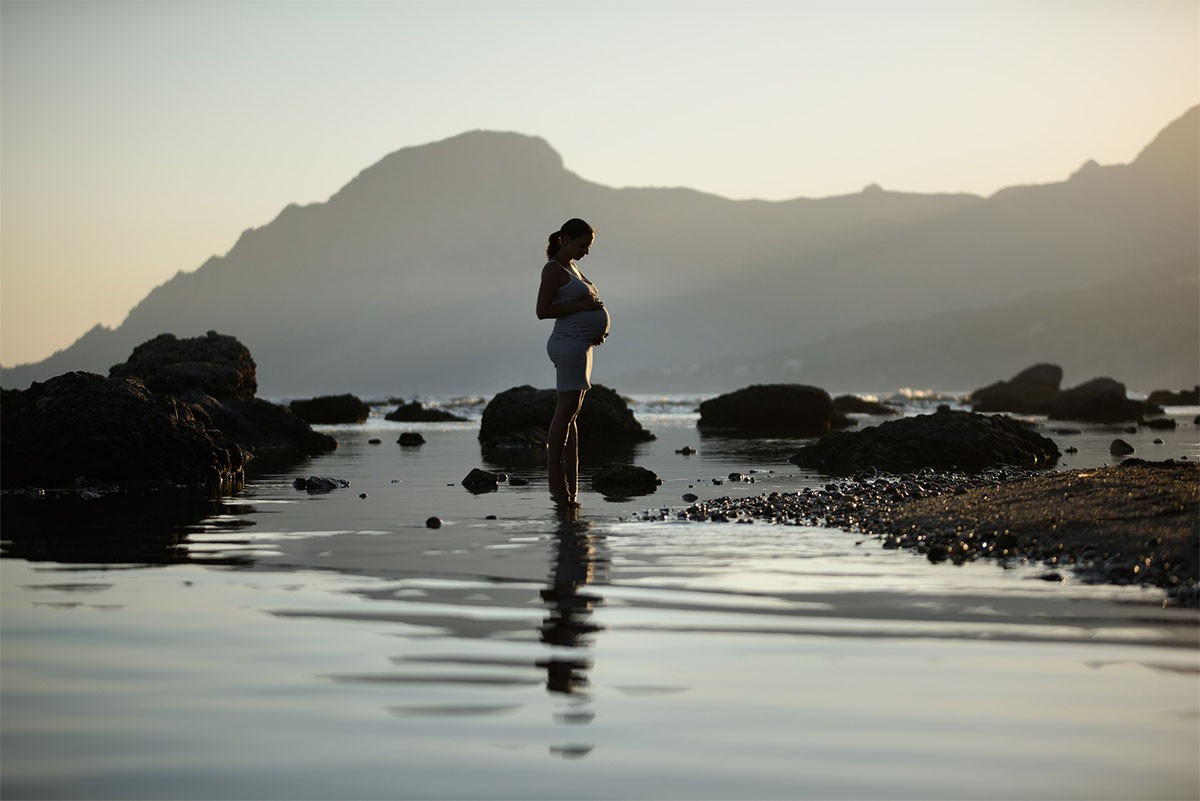Fortunately, natural mineral water Pineo is free of lithium
Should pregnant women be wary of tap water? A new large-scale study (1) published last week in the Journal of the American Medical Association shows that babies whose mothers were exposed to higher concentrations of lithium in tap water during pregnancy appear to have an increased risk of ASD (Autism Spectrum Disorder).
A team of researchers from Yale and UCLA worked with colleagues in Denmark to analyze lithium levels in 151 public waterworks in Denmark, across the country. These supply water to about half of the Danish population. Using a nationwide database of patients with psychiatric disorders, the researchers were able to find out, that between 2000 and 2013 there were 8,842 children born with autism and more than 43,000 children born in the same place and time without autism.
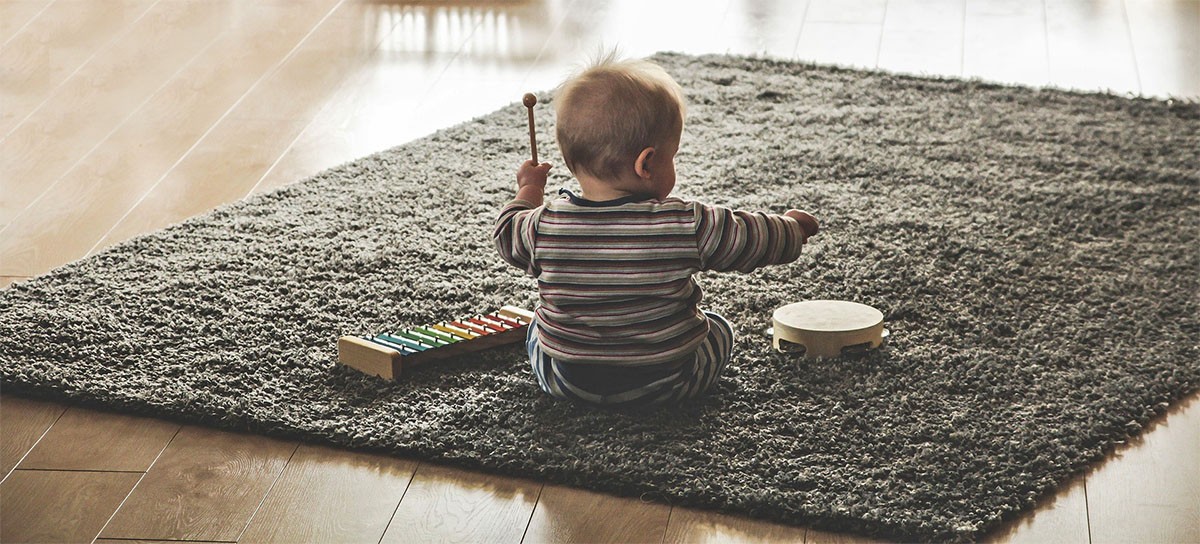
Research shows that if a pregnant woman is exposed to higher concentrations of lithium in tap water, there is an increased risk of ASD
“All contaminants in drinking water that can affect the developing human brain deserve intensive research…. This research focuses particularly on Pregnancy and the first year of life, as these are the most vulnerable periods…”
Beate Ritz, lead author of this study, professor of neurology at the David Geffen School of Medicine at UCLA and professor of epidemiology and environmental health at the UCLA Fielding School of Public Health
Danes mainly drink tap water instead of bottled water
Extensive citizen databases and a robust system for measuring traces of metals and other contaminants in water made Denmark ideal for this study. Danish consumption of bottled water is also among the lowest in Europe, meaning that Danes largely drink tap water. The presence of lithium varies drastically across the country, from 0.6 to 30.7 μg per liter of water, with 11.6 being the average. The study found that as the lithium content of tap water increased, so did the percentage of children diagnosed with ASD. Here, the highest quartile ( > than 16.8 μg per liter) showed a 46% higher risk than the lowest quartile ( < than 7.4 μg per liter).
“In the future, anthropogenic sources of lithium in water may become more widespread through the use of lithium batteries and their disposal in landfills, with possible contamination of groundwater.”
Beate Ritz, lead author of this study, professor of neurology at the David Geffen School of Medicine at UCLA and professor of epidemiology and environmental health at the UCLA Fielding School of Public Health
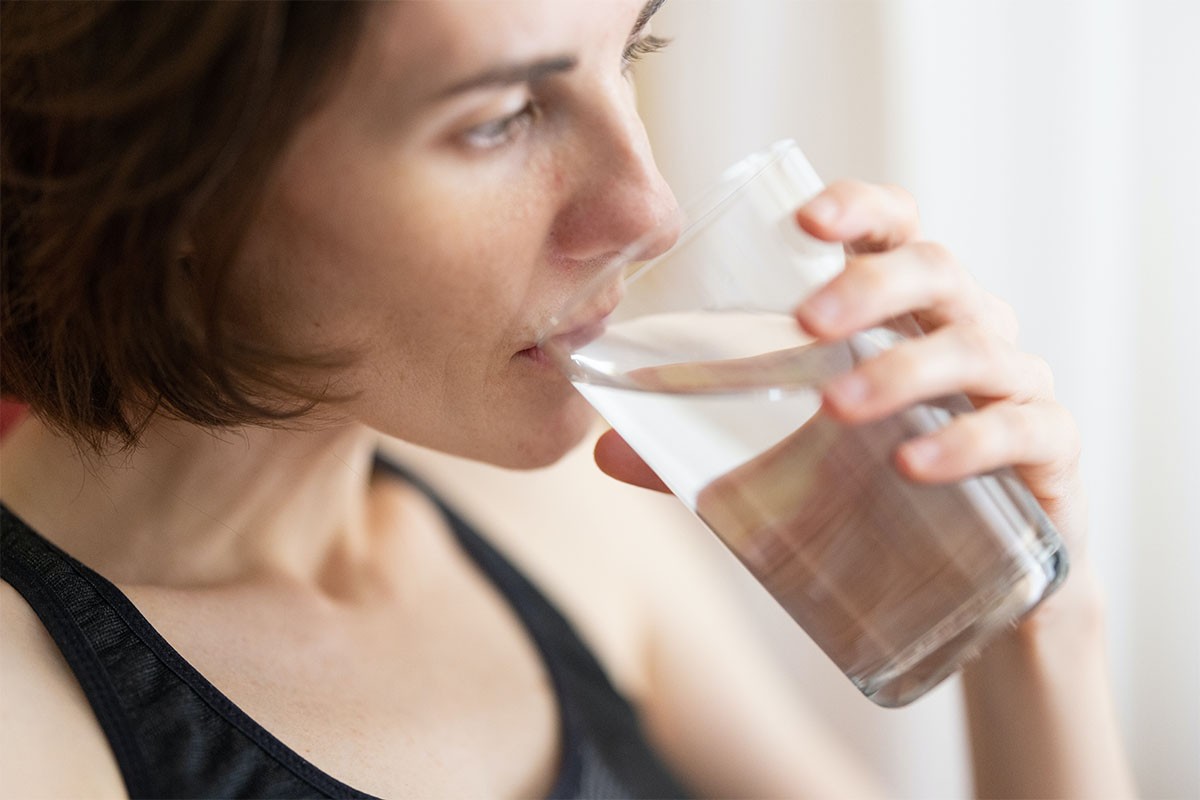
Danish consumption of bottled water is among the lowest in Europe, meaning that Danes largely drink tap water.
What is lithium and what does it do to your brain?
The silver-white trace element and alkali metal lithium is found naturally in minute amounts (micrograms) in food and especially water, with concentrations varying by country and region. It is chemically related to the minerals potassium and sodium and is also found in small amounts throughout the body, particularly in the bones, thyroid and parts of the brain. In the brain, lithium affects stimulus transmission between nerve endings. This stimulus transmission is disturbed in people with symptoms of depression, bipolar disorder or mania. In 1949, Australian psychiatrist John Cade discovered that lithium had stabilizing and calming effects in the treatment of the above disorders. Since then, it became a recognized medication, with lithium being used in high doses (800-1600 milligrams). However, the question now is to what extent lithium is safe for pregnant women and others, given increasing evidence that it appears to be linked to a higher risk of miscarriage, kidney disease, cardiovascular abnormalities as well as autism in the fetus and newborn. Lithium can reach the fetus through the placenta.
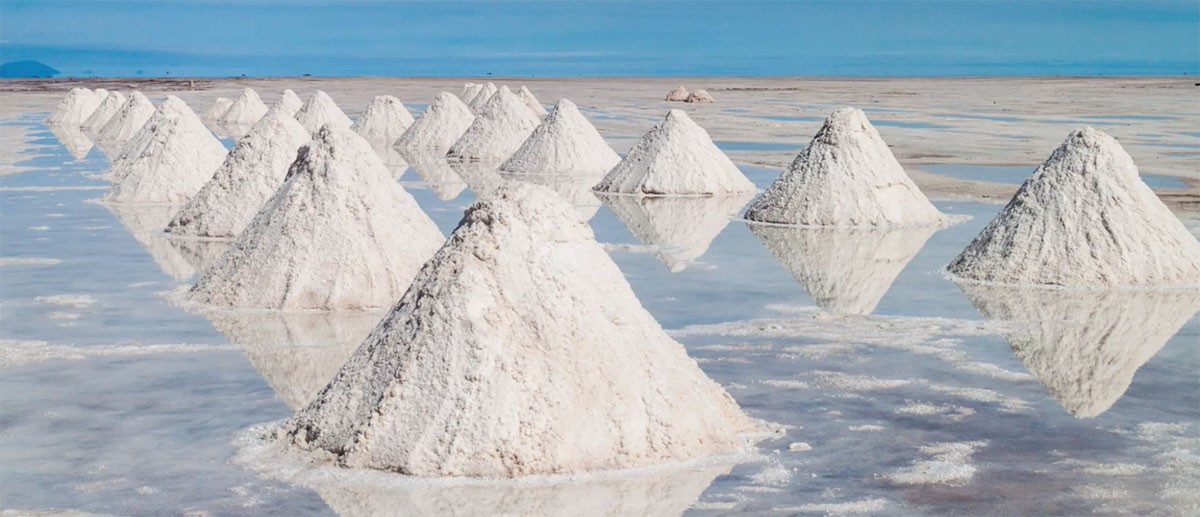
In South America, lithium is extracted by pumping lithium-rich brine and letting it evaporate in the sun.
Whether or not lithium is safe depends on the right dose
By now it is clear that lithium unfortunately has a narrow therapeutic breadth: there is only a small difference between a concentration that has no or little effect and a concentration at which intoxication symptoms occur. Officially, 10 mg/L of lithium in the blood is considered mild lithium intoxication. At 15 mg/L, symptoms such as confusion and difficulty speaking may occur, and at 20 mg/L there is a risk of death. Daily lithium consumption from food is estimated at 2 milligrams per day, with grains, vegetables, and water being the main sources. Brine water contains up to 0.050 to 2,000 ppm, seawater up to 0.170 ppm and fresh water usually less than 0.001 to 0.003 ppm lithium.
“The dose makes the poison.”
Paracelsus, 16th century physician, philosopher and theologian, called the founder of toxicology. He was the first to establish a link between dose and poisoning symptoms.
However, there are no safety standards (yet) for lithium in drinking water
Both in the Netherlands and by the WHO and US EPA, no standards or guidance values have (yet) been set for lithium in (drinking) water (2). Also, no risk limit has been derived for lithium (such as an acceptable daily intake) and, strangely enough, no toxicity limits such as NOAEL (Non-Observed Adverse Effect Level) values have been identified by agencies to derive health-based guidance values. A quick-scan in databases of e.g. ECHA, EFSA, EMA, RIVM, TERA/ITER, US EPA and WHO yielded no (additional) information. Also in the Flemish drinking water report of 2018 (3), lithium is nowhere mentioned in all the listings of toxic substances present – and there are a lot of them – in our drinking water.
European Union considers classifying lithium as a toxic substance
The European Chemicals Agency (ECHA) is currently considering whether to classify lithium under the label “reproducible toxin category 1A.” This proposal was made to the European Commission to classify lithium salts, in addition to carbonate and hydroxide, as substances harmful (4) to fertility and dangerous to children. Paradoxically, in 2020, Europe actually added lithium to its list of essential raw materials for our continent. Thus, Europe is in a contradiction to classify lithium as a dangerous product on the one hand and to fiercely promote electric cars, which run on batteries that make intensive use of lithium, on the other. Which will win: health & environment or money & profit?
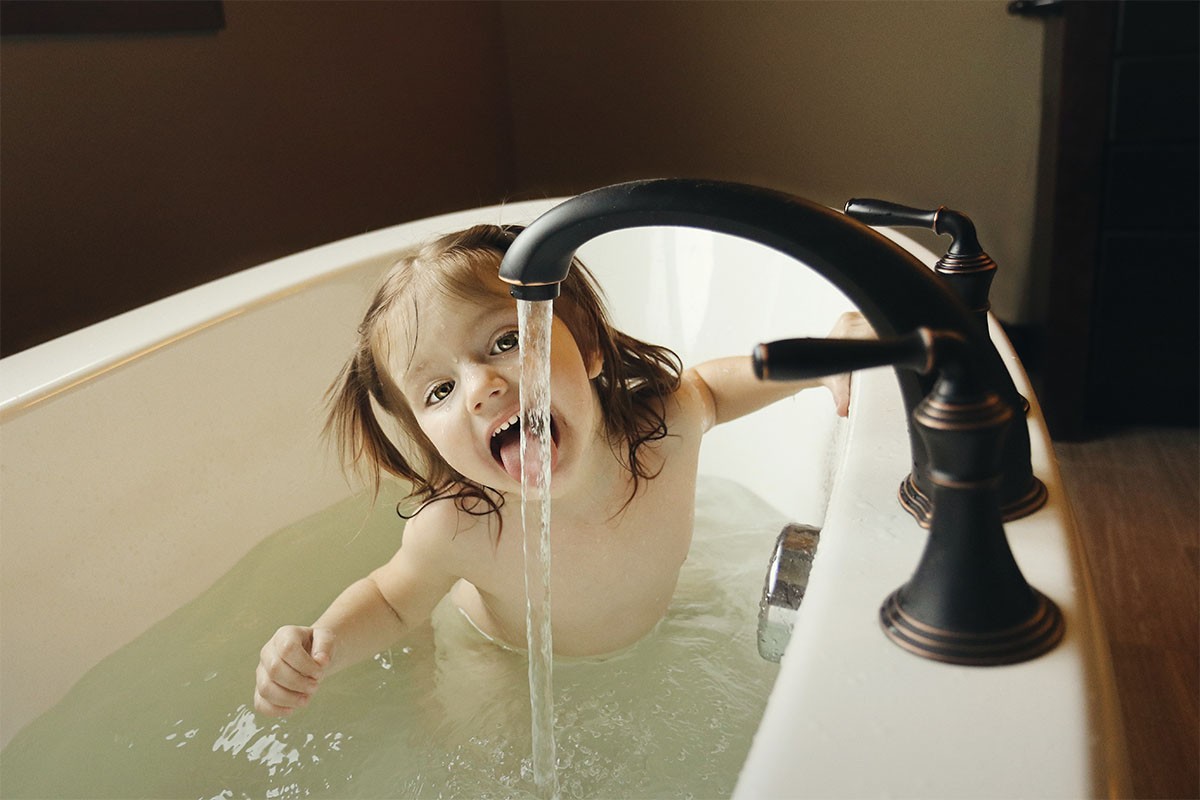
European Union is also considering classifying lithium salts as substances harmful to fertility and dangerous for children.
Rising lithium levels in groundwater worrisome
Smartphones, laptops and electric cars will not work without lithium in their batteries. As more lithium is used as a new energy carrier, more of it will be released into the environment. Currently, only 5 to 10 percent of lithium in batteries is recycled, and the cost of recycling is high, especially relative to the expected cost of extracting lithium from groundwater. Currently, most lithium comes from Australia, Chile, Argentina and Bolivia, but soon from Portugal(5), Germany (6) and, in the medium term, even the Netherlands (7). Good for the economy, but mismanagement of waste from lithium mining or improper disposal of lithium-containing products can increase contamination of drinking water supplies at an alarming rate. Which seems a legitimate cause for concern (2).
Why is it better to avoid tap water?
From the above, it should be clear that due to the large amounts of lithium-containing drug residues in the sewage system as well as the effects of lithium mining, lithium can rapidly contaminate drinking water supplies. For example, in 2019 in the Dutch Rhine River, the average background values of lithium were 10.4 μg/L (annual average of four sample sites) with site-specific maxima of up to 16 μg/L (RIWA, 2020). As a result of the planned lithium extraction, concentrations in the Rhine are expected to rise and structurally exceed 7.5 μg/L. This will obviously affect the lithium levels in tap water, since lithium cannot be filtered out of tap water. So not OK and especially not for vulnerable groups, such as pregnant women, (young) children and the elderly.
The natural mineral water Pineo is free of lithium
Pineo had several studies done on its artesian water, which comes from the depths of the Beneidó Mountains in Spain. This is because it is important to make quality measurable and Pineo should also be safe to drink for pregnant women and their unborn foetus, among others. See for yourself the full physical and chemical test of the Pineo water done by Laboratory Oliver Rodés (8) in 2014, concluding that Pineo contains 0% lithium!
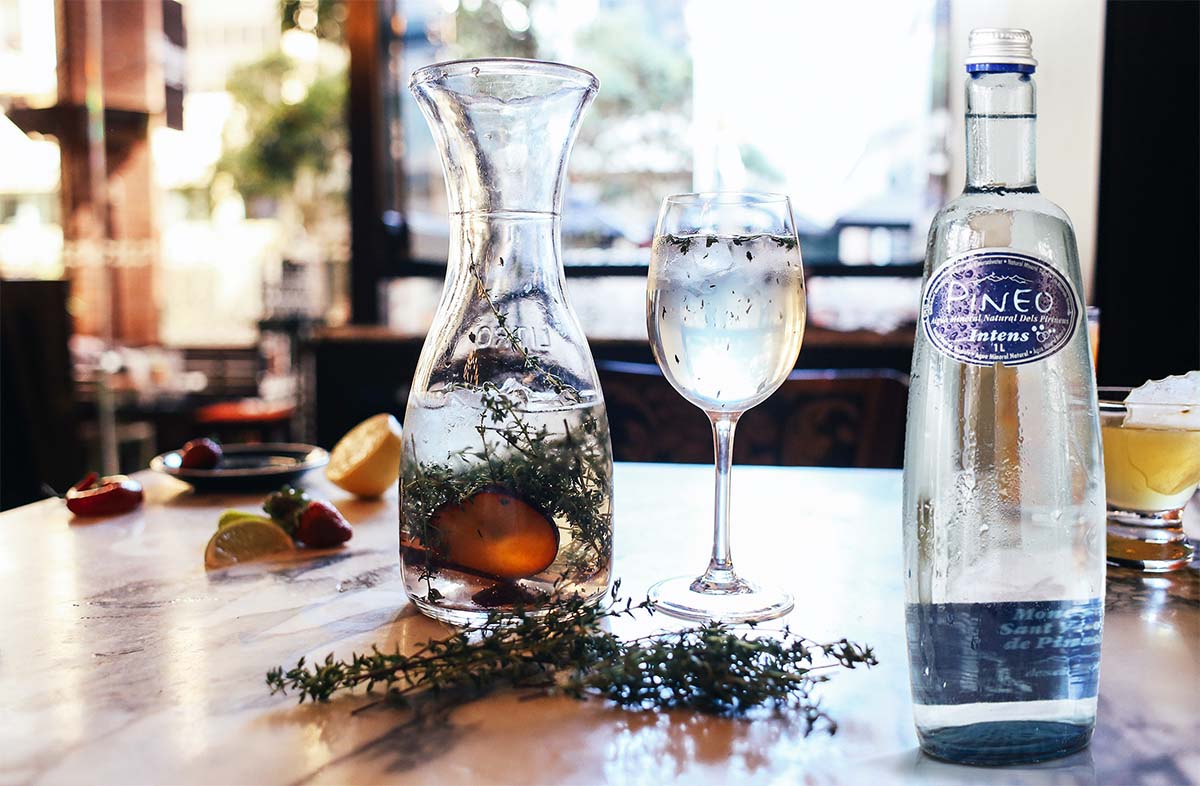
Fortunately, the natural mineral water Pineo is free of lithium and deliciously pure in taste
Sources:
- Association Between Estimated Geocoded Residential Maternal Exposure to Lithium in Drinking Water and Risk for Autism Spectrum Disorder in Offspring in Denmark
- Memo KWR: Toxiciteit Lithium – 16 april 2021
- Kwaliteit van het drinkwater 2018 – Vlaanderen
- Plaatst de EU lithium bij de giftige bestanddelen?
- In grote brokken witte steen heeft Portugal het ‘witte goud’ ontdekt
- Mogelijk grootste Europese lithiumvoorraad in Duitsland
- Zeldzame grondstoffen uit Europese bodem halen? Ook in Nederland kan dat, met lithium: ‘Mogelijk genoeg voor alle elektrische auto’s’
- Reports and studies involving Pineo water

